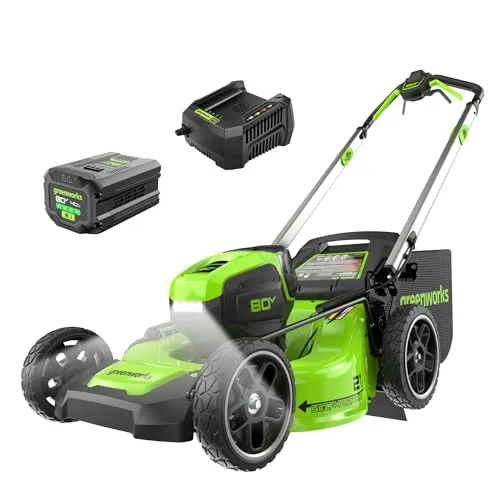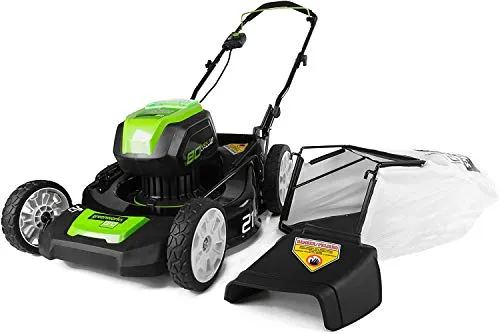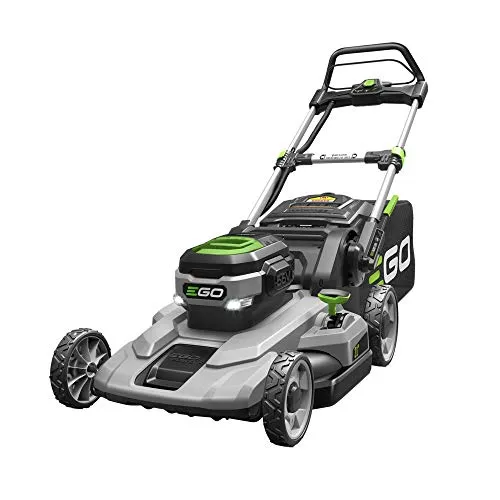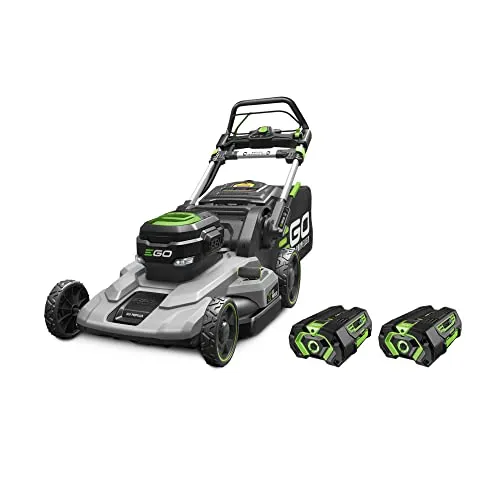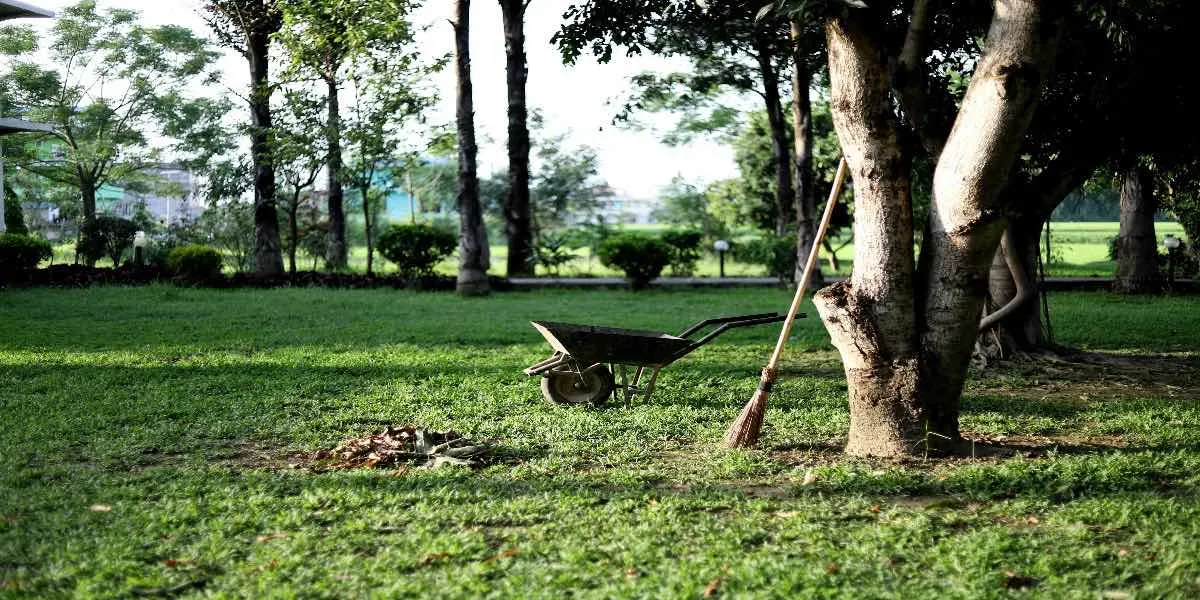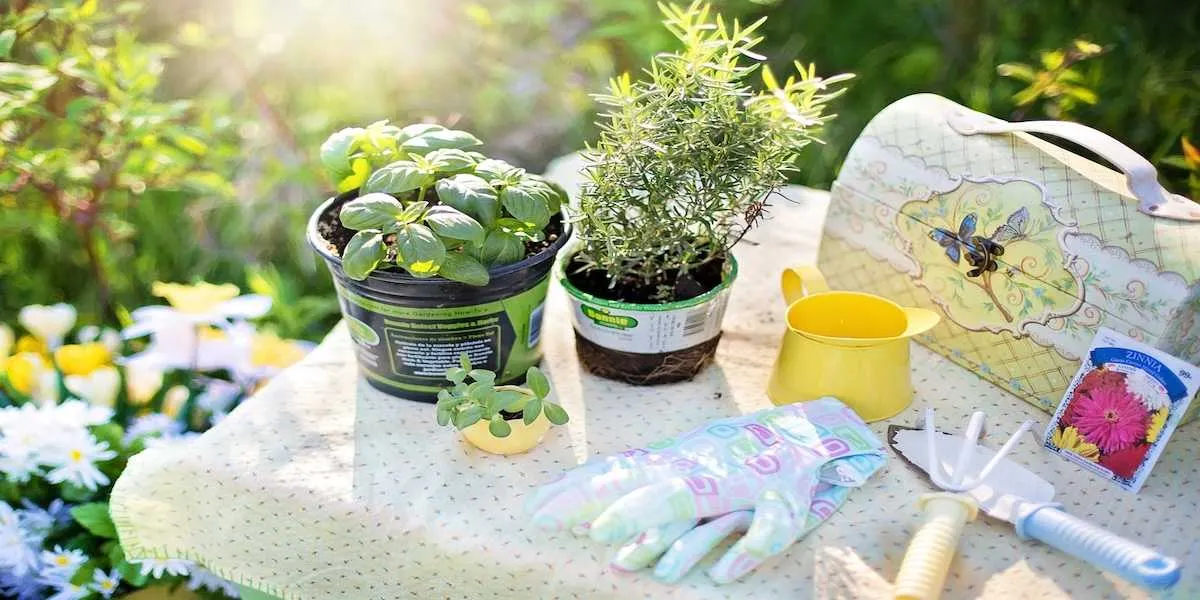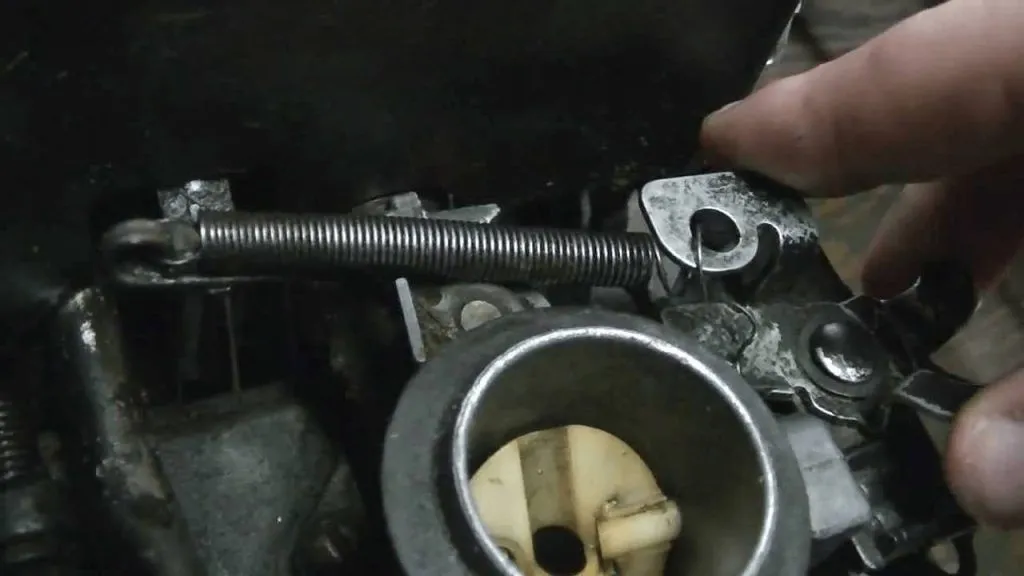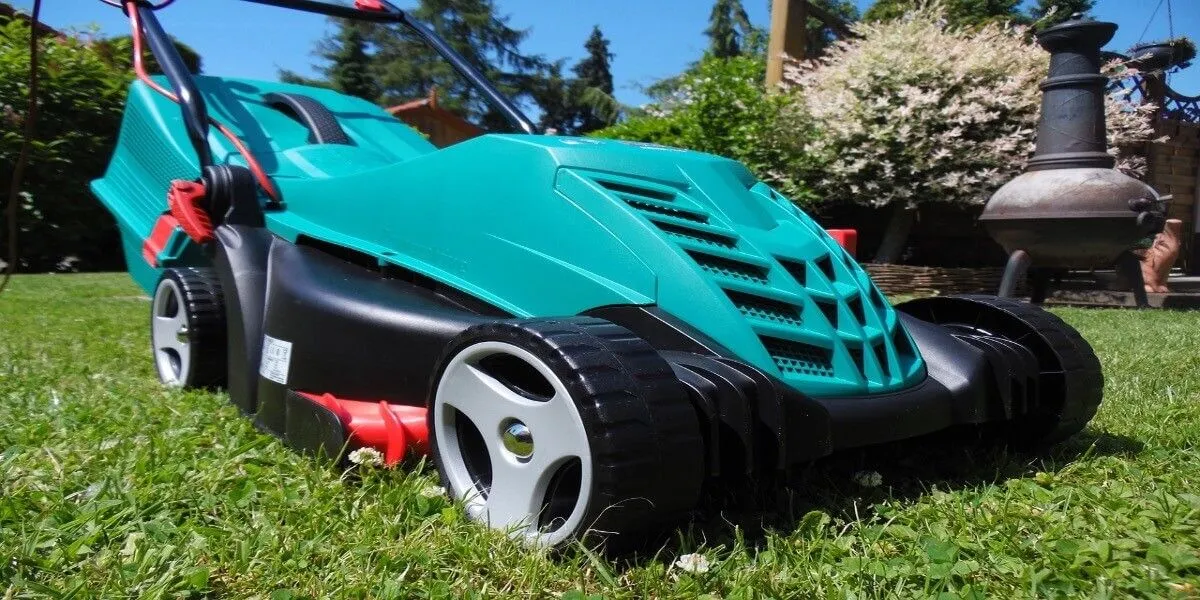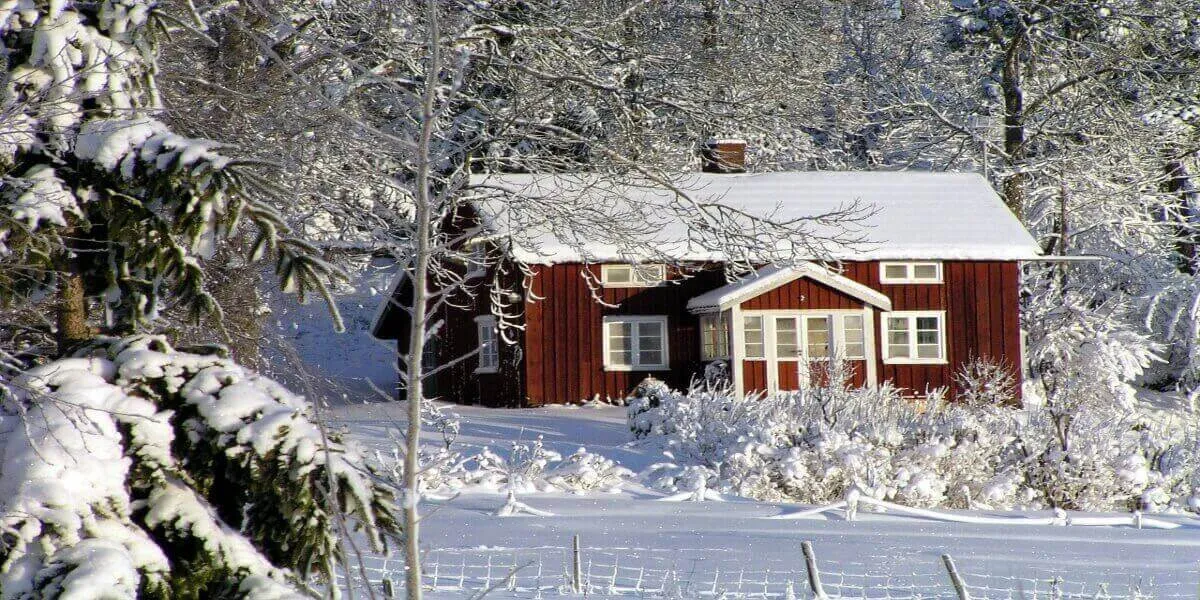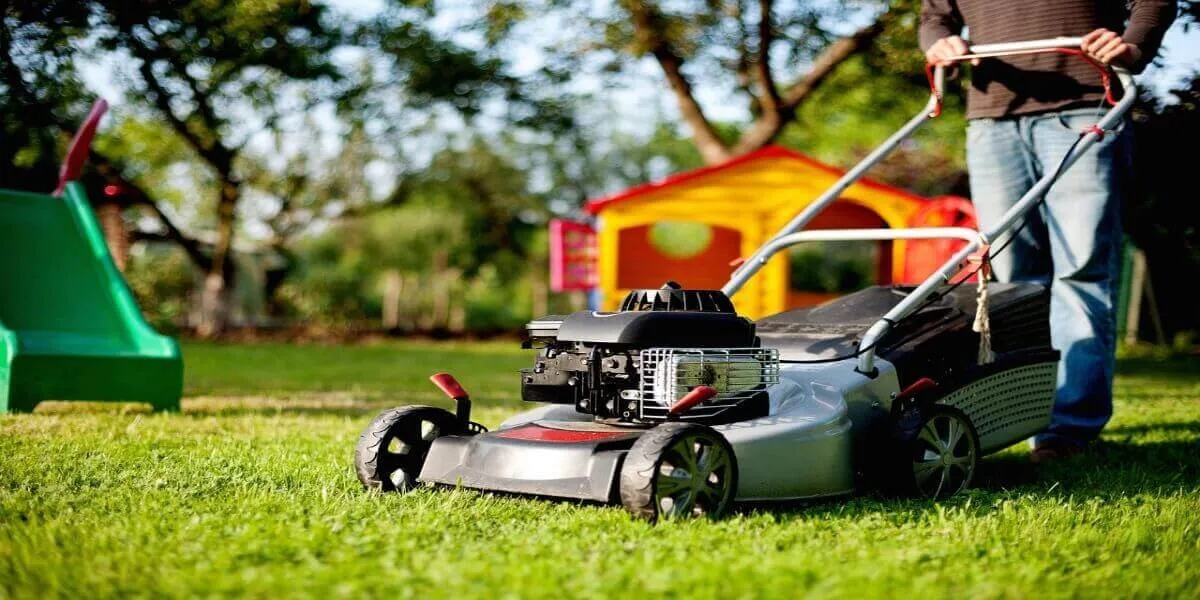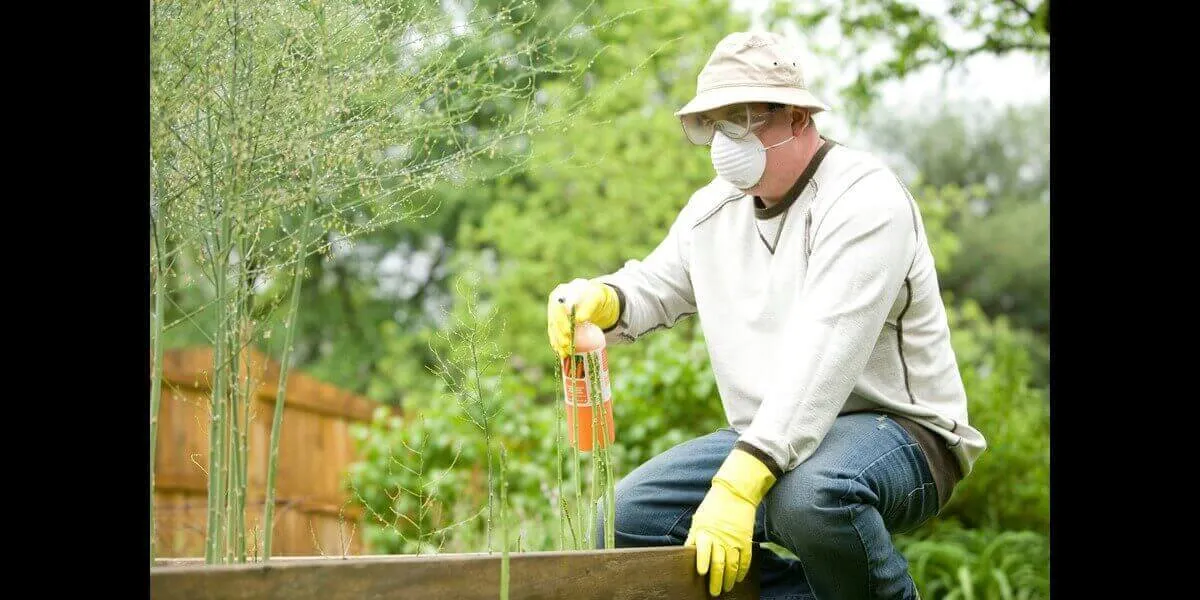How to Plant, Grow, and Care for Mexican Heather from Pot to Garden

Jeffrey Tung on Mar 13, 2024
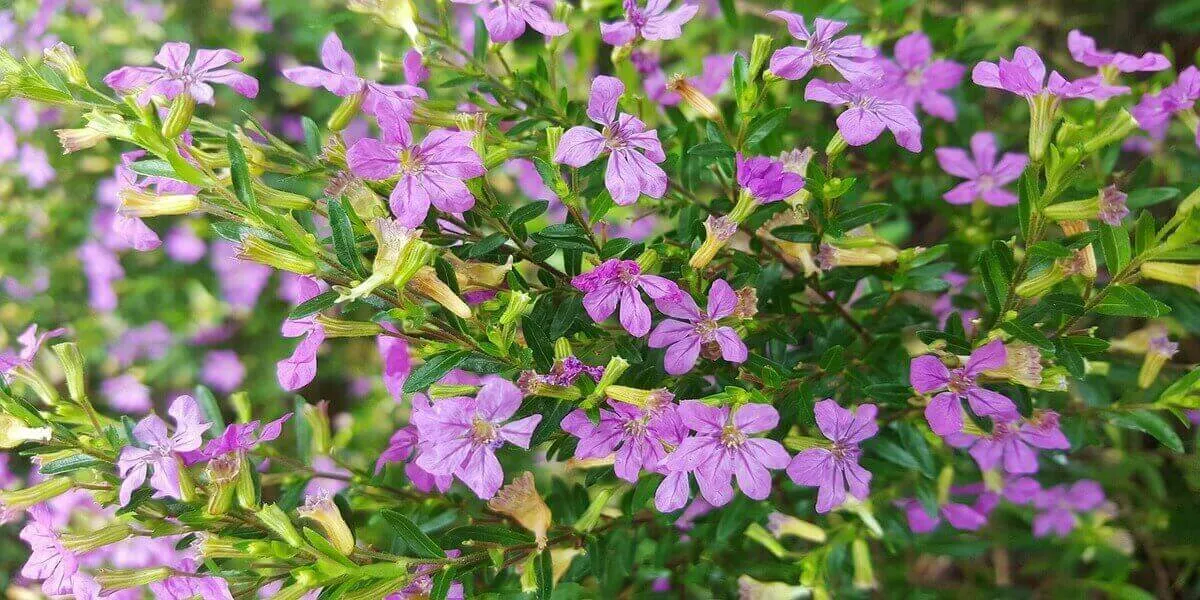
We earn affiliate commissions at no extra cost to you.
Choosing a plant to grow in your garden can be challenging for seasoned and novice gardeners alike. After all, with a limited space, we want only the best.
So if you're looking for a nice addition to your garden, the Mexican Heather is a great choice. Very few plants boast the versatility, resilience, and charm of this evergreen shrub.
Here's why.
What is Mexican Heather?
Mexican Heather (Cuphea hyssopifolia) is a small shrub native to Mexico, Guatemala, and Honduras. It boasts small, trumpet-shaped flowers, green calyx tubes, lance-shaped leaves, and bright green foliage. This multi-stem plant reaches up to 2 feet long and 2.5 feet wide.
While it looks like a common heather and bears its name, the Mexican Heather isn't a true Heather but belongs to the Cuphea genus. This is also the reason why it's called a False Heather. Other names include Elfin Herb and Hawaiian Heather.
What are the benefits of planting Mexican Heather?
Mexican Heathers bloom year-round in mild climates, providing gardens with a splash of color even in the dreariest seasons. Its prolific flowering habit ensures your landscape design remains vibrant and lovely.
Besides their beautiful appearance, the Mexican Heathers are beloved for attracting pollinators and creating a thriving ecosystem in gardens. Its small flowers attract hummingbirds and butterflies, making them a great addition to any garden. Often, they are planted beside vegetables such as squash and tomatoes to increase yield.
The Mexican Heather is also a great container and border plant and can be planted around the corners of sidewalks. It's hardy, very low maintenance, salt tolerant, and easy to propagate. Mexican Heather self-seeds, spread easily, and is resilient to pests.
How do I plant and propagate Mexican Heather?
General Guidelines
- Choose the right planting site. Mexican Heathers grow best in full sun and can tolerate partial shade.
- Plant in well-draining, slightly acidic soil. If planting on containers, make sure to use one with good drainage.
- Mulch your plants as needed to retain moisture.
Planting from seeds:
- If you're growing from seeds, start planting indoors at least eight weeks before the last frost.
- Make sure the soil is moist before placing seeds on top.
- Put your seed container in areas that receive around 4-8 hours of indirect sunlight.
- Regularly moisten the soil with a spray bottle.
- Transplant the seedlings outdoors or to a larger container if they can stand upright.
Planting from cuttings:

- Cut around 4-6 inches of stem from your mature Mexican Heather.
- Remove the lower leaves and dip the end of the stem in a rooting hormone. You can also use aloe vera.
- Place the cuttings in a small pot around 4 inches wide.
- You need to water once or twice a week until the roots grow.
- Transplant the cuttings in a seed bed or into a larger container if you want them grown indoors.
When's the best time to grow Mexican Heather?
Mexican Heathers thrive in warm climates. The best time to plant them is usually in the late spring or early summer when the threat of frost has passed. This time allows the plant to establish its roots and grow strong before the summer heat reaches its peak. Mexican Heathers can also be planted in the fall in regions with milder climates where frost is not a concern.
Gardener Care Tips for Your Mexican Heather Plants
Mexican Heathers are low-maintenance plants. They're easy to grow even if you're not a gardening expert. However, there are still a few things you should keep in mind to ensure they thrive and their flowers bloom.
- Mexican Heathers plants need consistently moist soil during hot, dry periods and drought. Water regularly but avoid overwatering to prevent root rot.
- Apply balanced fertilizer in spring to promote healthy growth and abundant flowers throughout the growing season.
- Prune your plant to maintain a compact shape if you see overgrown and spindly stems. You can also do this in the early spring or late winter to encourage growth.
- In colder areas, provide winter protection by applying a thin layer of mulch around the base of the plant. You can also put your container plants inside the house to protect them during freezing temperatures.
- Keep an eye out for pests. Mexican Heathers are hardy, but aphids, nematodes, and spider mites can be a concern. Nematodes like flea beetles leave tiny holes that can damage the plant.
Choosing False Heather Variety for Landscape Design
Mexican Heather comes in various cultivars, each offering a unique characteristic and color variations. Here are some popular options to consider.
- FloriGlory Corazon: This cultivar is known for its vibrant purple flowers and compact growth habit. It blooms in spring to mid-summer, adding a bold splash of color to gardens and containers.
- FloriGlory Diana: Featuring beautiful magenta flowers, FloriGlory Diana blooms profusely from spring to fall. It's grown as an annual and tolerates high summer heat.
- Mexican Heather White: Known for its dainty pure white blooms, this variety lends an elegant touch to any space. It's a versatile option that pairs well with a variety of other flowering plants and foliage textures.
FAQS in Growing and Caring for Mexican Heather
1. Why is my potted Mexican Heather not blooming?
Your plant may not be receiving adequate sunlight, preventing it from blooming. Mexican Heather performs best in full to partial shade, receiving four to eight hours of direct sunlight per day. If you planted it in a container, move the pot to an area where it can receive adequate light.
Consider pruning the plant lightly to encourage new growth and flowering. A well-drained soil will also keep the plant healthy.
2. Why is my plant barren of leaves or why are they turning yellow?
Yellow leaves may indicate overwatering, underwatering, or nutrient deficiency. Check the soil moisture and adjust watering accordingly, allowing the soil to dry out slightly between waterings. Consider feeding the plant with a balanced fertilizer to promote healthy foliage growth. You can also place a layer of organic matter around the base of the plant to retain nutrients and moisture.
3. How do I grow this plant in colder climates?
Mexican Heather is frost-tender and may not survive harsh winter conditions. In regions where temperatures drop below freezing, Mexican Heather is best grown as an annual or brought indoors as a potted plant during winter.

